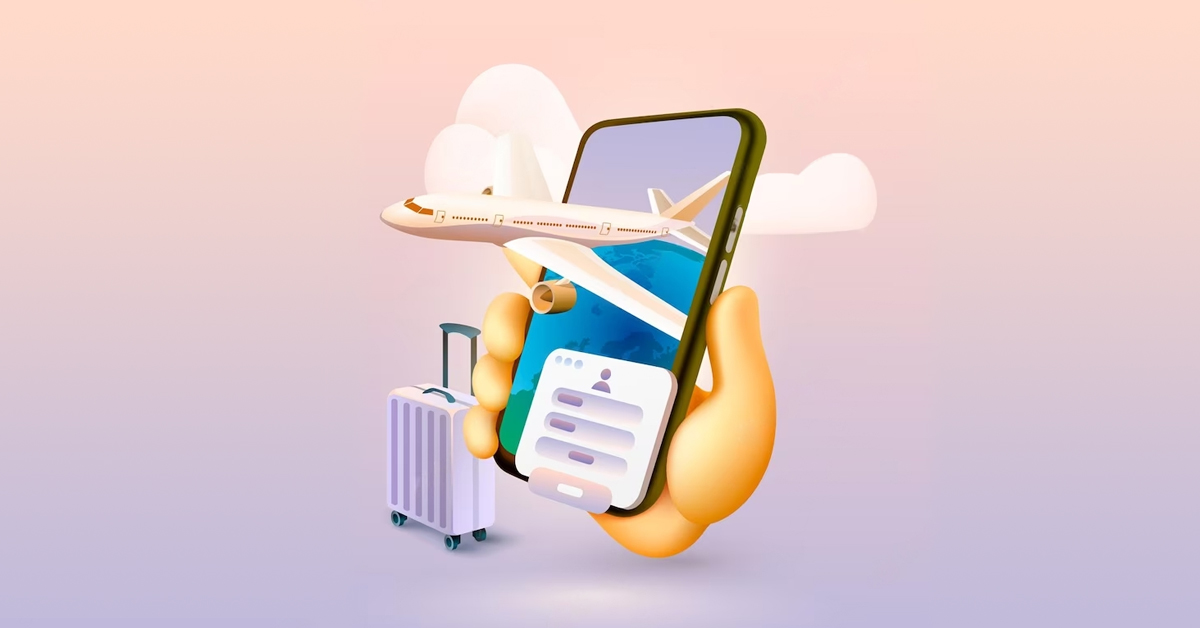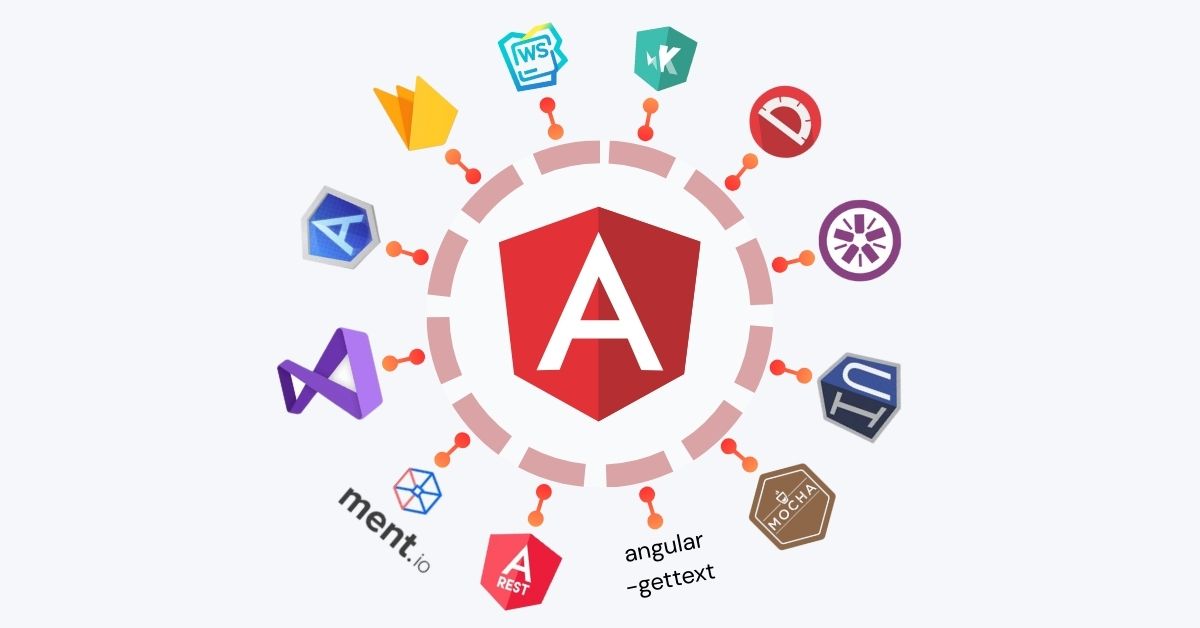Summary
In the era of smartphones and global connectivity, travel has become more accessibTravelinding local experiences and real-time navig thanks to smartphones and global connectivityation, mobile applications have revolutionized how we explore the world. This digital transformation has created immense opportunities for businesses and entrepreneurs looking to enter the travel technology space. If you’re wondering how to build a travel app that stands out in a crowded market, you’ve come to the right place.
This guide offers a comprehensive overview of travel app development, covering everything from planning to execution. Whether you’re a startup founder, a tech enthusiast, or a travel business owner, you’ll find valuable insights on developing a travel app that meets user expectations and drives engagement.
Why Invest in Travel App Development?
The global travel app market is thriving, with millions of users relying on apps for itinerary planning, hotel reservations, transportation, and sightseeing. Here’s why travel app development is a smart investment:
- Rising demand for digital convenience in travel planning.
- Increased smartphone penetration worldwide.
- Potential for monetization through bookings, in-app purchases, and ads.
- Opportunities for personalization, loyalty programs, and seamless customer service.
With the right features and user-centric design, you can create a travel app that not only solves problems but also builds brand loyalty.
Step-by-Step Guide on How to Build a Travel App
1. Define Your App’s Purpose and Target Audience
Before jumping into developing a travel app, ask yourself:
- What kind of travel experience am I offering? (e.g., budget travel, luxury, adventure, business)
- Who is my target user? (e.g., solo travelers, families, frequent fliers, digital nomads)
Understanding your niche will guide feature selection, design, and marketing strategies.
2. Choose the Type of Travel App
There are various categories to choose from when you decide to build a travel app:
- Booking apps (flights, hotels, car rentals)
- Itinerary planners
- Local guide apps
- Navigation and map-based apps
- Social travel apps
- Currency converters or language translators
You can opt for a standalone model or build an all-in-one app that integrates multiple services.
3. Essential Features for Travel App Development
To create a user-friendly and competitive app, consider these must-have features:
a. User Profile & Authentication
Allow users to register, create profiles, and save preferences. Social logins (Google, Facebook) enhance ease of access.
b. Search and Booking Engine
Integrate APIs for real-time access to flights, hotels, and other services. Make the search fast and filters intuitive.
c. Itinerary Management
Enable users to create and manage day-by-day travel plans with flight schedules, hotel check-ins, and activity reminders.
d. Payment Integration
Support multiple payment gateways and currencies. Secure transactions build user trust.
e. Push Notifications
Send real-time alerts for flight delays, gate changes, discounts, or itinerary reminders.
f. Maps and Navigation
GPS and map integration help users explore destinations, find local attractions, and get real-time directions.
g. Offline Access
Travelers often face poor connectivity. Ensure key content (like itineraries or maps) is accessible offline.
h. Reviews and Ratings
Allow users to read and submit reviews for services and experiences. This builds community trust and engagement.
i. Language and Currency Converter
These features are particularly useful for international travelers.
4. Tech Stack for Developing a Travel App
The technology stack you choose is crucial for performance and scalability. Here’s a general guideline:
- Frontend: React Native, Flutter (for cross-platform); Swift (iOS); Kotlin (Android)
- Backend: Node.js, Django, or Ruby on Rails
- Database: Firebase, MongoDB, PostgreSQL
- APIs: Skyscanner, Amadeus, Google Maps, TripAdvisor
- Payment: Stripe, Razorpay, PayPal
Choose the stack based on the app’s complexity, development speed, and long-term scalability.
5. UI/UX Design Considerations
When developing a travel app, design is more than aesthetics—it directly affects user experience. Here’s what to focus on:
- Minimalistic and intuitive design
- Smooth onboarding process
- Easy navigation across features
- Attractive visuals of destinations
- Personalized suggestions based on user behavior
Remember, a user who enjoys the experience is more likely to return and recommend your app.
6. Development and Testing
Once the design and architecture are finalized, you can move to the development phase. You have two options:
- Build in-house with your tech team.
- Hire a travel app development company with a proven track record.
After the initial version is developed, thorough testing is critical. Test for:
- Functionality
- Speed and performance
- Cross-platform compatibility
- Security (especially for payments)
- Usability under offline conditions
7. Launch and Post-Launch Strategy
After testing, deploy your app to the App Store and Google Play Store. But launching is just the beginning.
Here’s what to do next:
- Marketing & Promotion: Use social media, content marketing, influencer collaborations, and PPC campaigns.
- Monitor Analytics: Track user behavior, drop-offs, and in-app activity to understand what’s working.
- Collect Feedback: Listen to user reviews and continuously update the app.
Add Features Gradually: Based on demand, introduce new functionalities like chatbots, AR tours, or loyalty rewards.
Challenges in Travel App Development (and How to Overcome Them)
Every tech journey comes with its hurdles. Here are a few common challenges you might face:
- API Reliability: Choose robust, well-documented APIs to avoid disruptions.
- Real-Time Data Sync: Ensure all bookings, weather info, or navigation data updates instantly.
- Security Concerns: Encrypt sensitive user data, especially payment details.
- Language and Localization: Make your app accessible in multiple languages and culturally relevant for different regions.
Working with experienced developers or agencies can help mitigate these risks and streamline the process of how to build a travel app.
The Role of App Development Trends
In today’s fast-paced digital world, keeping up with app development trends is essential to stay competitive. These trends help shape the direction of travel app development by introducing innovative features, better performance, and enhanced user experience. Some of the top trends to consider are:
- Augmented Reality (AR) for immersive travel experiences.
- AI and Machine Learning for personalized recommendations.
- Voice Integration for hands-free travel planning.
- Blockchain for secure payments and transparent booking systems.
By integrating these trends, you can ensure that your travel app remains relevant and attractive to users.
Android and iOS App Development Considerations
When planning to build a travel app, choosing between Android app development and iOS app development can be one of the most crucial decisions. Both platforms have their advantages:
- Android is more flexible, has a larger user base, and supports a wider range of devices.
- iOS offers a more controlled ecosystem, higher security, and a more affluent user base.
Your decision should depend on your target audience, budget, and app features. It is also worth considering cross-platform frameworks like Flutter and React Native, which can help you launch on both platforms simultaneously.
Final Thoughts
The travel industry is experiencing a digital revolution, and mobile apps are at the center of this transformation. If you’re planning to build a travel app, this is the perfect time to dive in. From selecting the right features and tech stack to ensuring seamless UX, every step matters when developing a travel app that people love.
Travelers today expect more than just bookings—they want experiences. By focusing on usability, personalization, and reliability, your travel app can become an essential companion for every journey.
Whether you’re an entrepreneur, a travel agency owner, or a tech innovator, investing in travel app development can open new business avenues and customer engagement opportunities. Start now, and make every trip unforgettable—for your users and your business.







